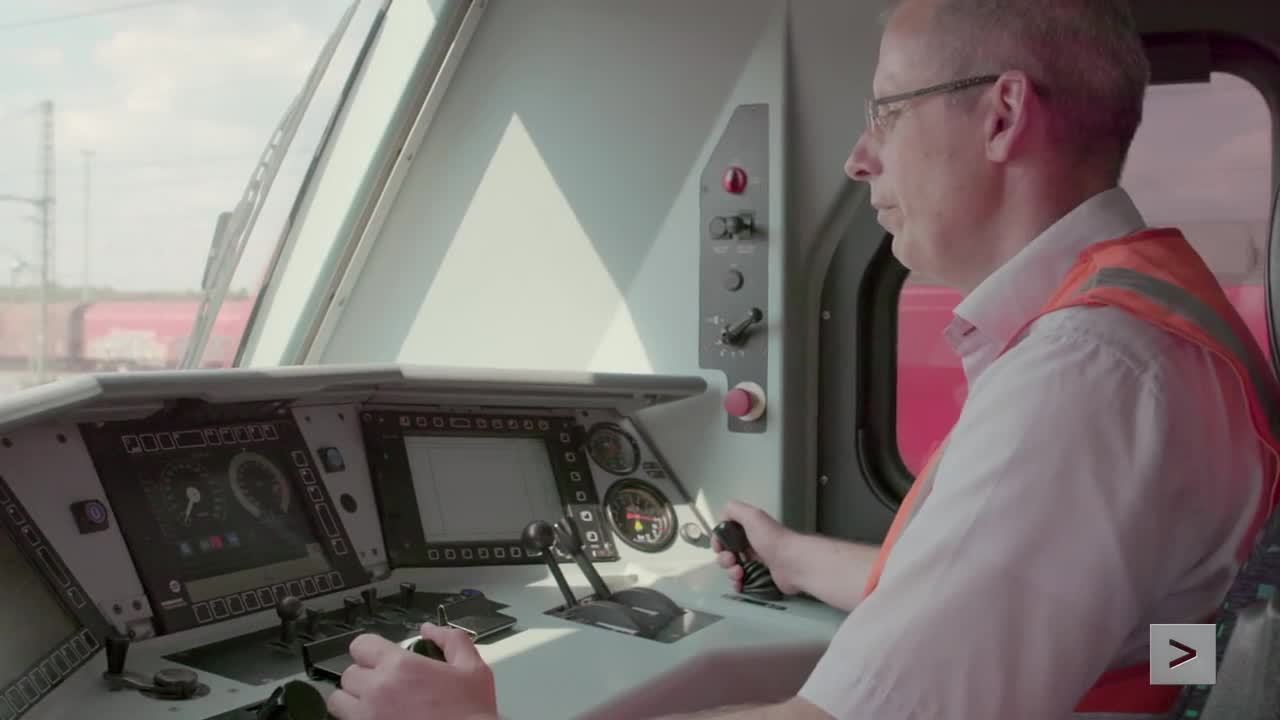Splunk Enterprise helps us improve reliability and availability of our assets so that we can keep locomotives in service longer than before. This enables us to deliver a better service to our customers, which ultimately makes us more competitive.
Without real-time data to monitor the health and performance of its fleet, DB Cargo had unplanned locomotive downtime and unnecessary maintenance visits that impacted customer service.
DB Cargo’s single, transparent view of fleet health and performance has improved locomotive availability to lower maintenance costs, enhance customer service and increase competitive advantage.
As Europe’s largest rail freight operator, DB Cargo knows the track to success requires data-driven performance.
High-quality service and reliability are the focus at DB Cargo, and the organization strives to drive efficiency across its operations to better serve its customers. Embarking on a journey towards digitization, DB Cargo needed a solution to provide visibility into the health of its locomotives, improve customer experience and reduce maintenance dwell time.
Outcomes
- Gained comprehensive, real-time view into fleet health and performance
- Reduced locomotive downtime for better customer service and lower maintenance costs
- Leveraged insights from locomotive data to move toward condition monitoring
The Journey to Digital
DB Cargo manages one of the largest fleets of locomotives in the world. Last year alone, its fleet carried 300 million tons of cargo, including autos, construction materials and consumer goods across Europe. To improve the service quality of this asset-heavy business, with some of these locomotives up to 25 years old and the infrastructure supporting them also aging, the organization embarked on an effort to digitize the fleet.
A key driver for digitization was a recurring situation in which a train driver would receive a failure alert during operation and call the technical helpline for guidance on the best possible action. These alerts were in some cases unclear, in others benign. But since the technical helpline operators had no visibility into the real state of the locomotive, they often had to recommend that the driver take their locomotive into maintenance due to safety reasons. This led to service disruption, with assets out of service instead of earning money.
The DB Cargo fleet is made up of multiple locomotive types from different manufacturers. A locomotive produces about 60 different time series values from sensors — ranging from temperature to rpm of the engine — and 7,000 different diagnosis or status messages. “We needed a solution that could handle large volumes of diverse data in real time, which made Splunk® Enterprise an obvious choice,” says Fabian Stöffler, vice president of asset digitization at DB Cargo. The company now uses the Splunk platform to provide real-time insights across fleet control, engineering, maintenance and operations.
Reduced Locomotive Downtime
Previously, when issues arose, technical hotline engineers provided remote support to drivers based on phone calls and a locomotive manual. Today, DB Cargo staff analyzes real-time, continuous sensor values and GPS information in the Splunk platform to detect issues when they occur. Splunk alerts tied to a rules engine based on failure code tables let the team decide the best action to take when a failure occurs — when the cooling temperature of a locomotive is too high, for example, or the brake cylinder is not working. In conjunction with the locomotive manufacturers, DB Cargo identifies occasions when locomotives can stay in service longer based on the data provided, which creates transparency.
Now, when drivers call the technical hotline with an issue, real-time data from the locomotive helps identify the root cause of the problem and determine how best to resolve it. The engineers use real data to advise whether or not the locomotive needs to go to the maintenance workshop. With these measures, DB Cargo has been able to keep locomotives in service longer and reduce maintenance costs.
Condition Monitoring
In addition to engineers, maintenance crews also have remote access to locomotive data, enabling them to prepare locomotives before they are due into the workshop. This speeds up the process of getting the locomotive through maintenance and back in action. DB Cargo now has a single real-time view of its locomotive fleet. The company has built an overview dashboard that shows the overall health of the fleet, as well as more granular views, such as triggered alerts per locomotive class or energy consumption. If a common failure is occurring across the fleet, the technical fleet managers can quickly alert the maintenance team to address it.
“Splunk Enterprise helps us improve reliability and availability of our assets so that we can keep locomotives in service longer than before,” says Stöffler. “This enables us to deliver a better service to our customers, which ultimately makes us more competitive.”









